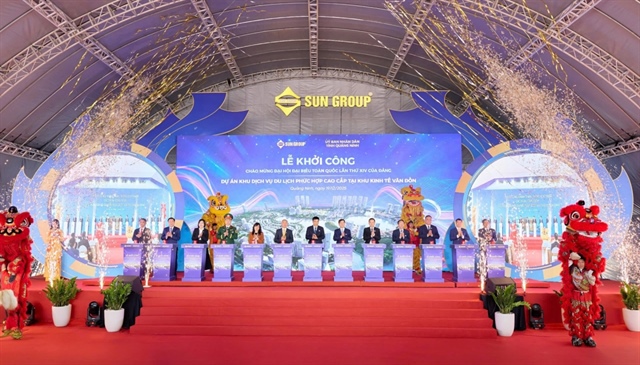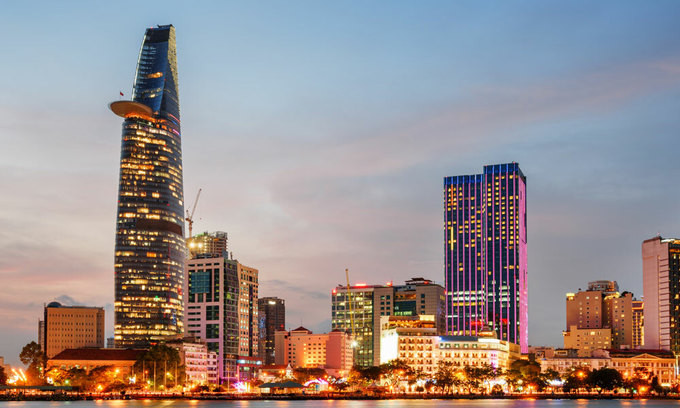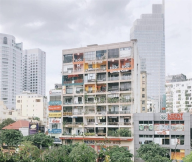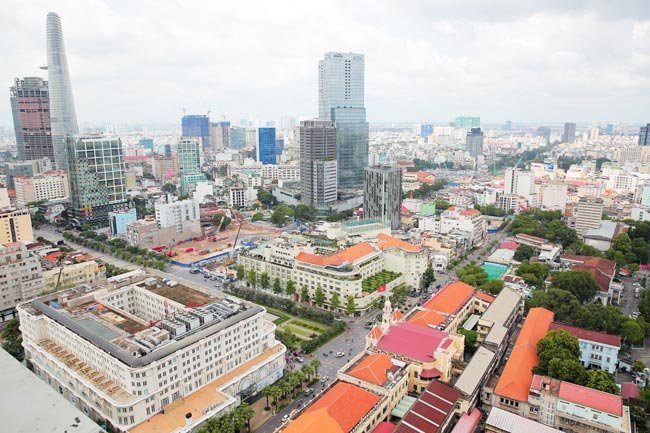West Hanoi – the highest rental yield rates of all districts
West Hanoi – the highest rental yield rates of all districts
In Hanoi's ever-changing real estate sector, investors have been keeping their eyes on the office segment of West Hanoi – the new hotspot of the capital. 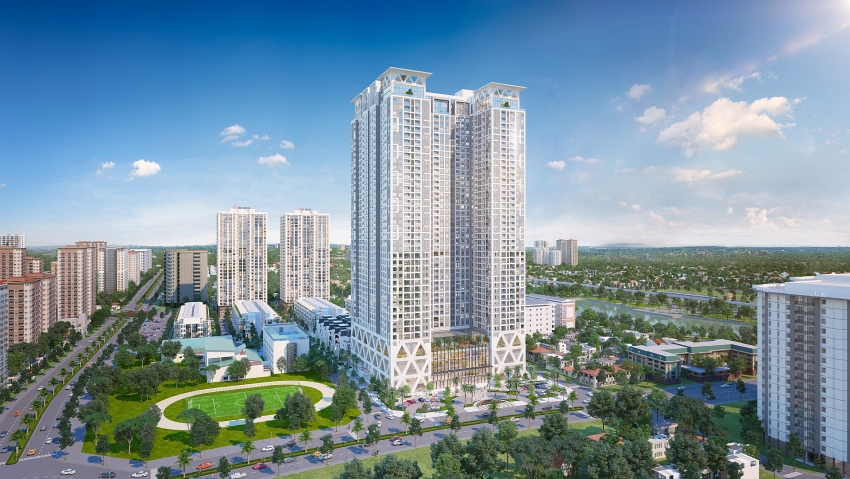
Investors have been keeping their eyes on the office segment in the west of Hanoi
According to CBRE's report, only one new Class A and two Class B office buildings were launched in 2019's second quarter. The three buildings occupied about half of Hanoi’s new office supply at the time.
During the quarter, both Class A and B offices recorded positive results. The average rental yield of Class A offices rose by 5.3 per cent on-year, equaling $26.4 per square metre per month (excluding service fees and VAT). Similarly, the average rental yield of Class B offices grew by 4.6 per cent to $14.3 per sq.m per month.
Based on these optimistic results, 2019 is expected to welcome the launch of about 260,000sq.m mostly in the west of Hanoi, Ba Dinh, and Dong Da districts.
Good news for real estate investors are the increasing office-rental demand of technology firms, with a tendency to extend leasing contracts or select to lease for more than 10 years. Moreover, the US-China trade war has brought a wave of companies seeking to relocate to or set up representative offices in Vietnam. These investors are generally looking to lease at least 1,000sq.m of space for investment purposes o 500-1,300sq.m for other purposes.
CBRE identified the west of Hanoi as the “hotspot” in the office leasing market. Bui Trung Kien, director of Savills' commercial leasing department, said, "With advantages in infrastructure, specifically the forming metro line, the west of Hanoi will have better access to other central districts like Ba Dinh, Hai Ba Trung, or Hoan Kiem. It will also house the capital's largest office supply and is on track to become an economic and administrative hub."
Rising prices in high-end apartment segment
According to the CBRE report, the average price in the segment was VND54 million ($2,350) per sq.m, up 4 per cent on-quarter and 10 per cent on-year. This is also the highest price over the past five years.
The website batdongsan.com.vn pointed out that the Hanoi saw a huge rise in real estate prices. Many projects are on sale for VND50-70 million ($2,170-3,040) per sq.m, while relatively high demand has led to a shortage in high-end apartment supply. Furthermore, the increase in foreign direct investment (FDI) in Hanoi has led to a rise in housing demand by expatriates.
According to CBRE, in the first quarter of 2019, FDI was the bright spot in Vietnam's economy. Total FDI, including newly registered capital, additional capital, and share purchase deals, has reached $10.8 billion, up 86.2 per cent on-year. Manufacturing and processing industries remain attractive for investment with a total FDI of $8.4 billion, equaling 77.7 per cent of the total FDI.
Real estate remained second with about $778 million, equivalent to about 7.2 per cent of the total FDI. According to surveys from real estate agents, as of July 2019, the 30 per cent quota for foreign buyers were quickly filled up in many high-end projects in Hanoi as soon as they opened sales.
Talking about foreign buyers’ attraction to high-end real estate projects, Nguyen Van Dinh, deputy general secretary of the Vietnam Real Estate Association, said, "The demand from foreign buyers in Vietnam increased significantly when the Housing Law was amended to allow foreigners to buy up to 30 per cent of the total number of apartments in a project. Due to the large demand, an increasing number of foreigners bought to lease and resold for returns. Most buyers will choose high-end projects developed by genuine developers that come with diverse amenities."
The west of Hanoi, especially My Dinh, attracted a large number of investors from Northeast Asia. According to CBRE's report, in the first six months of 2018, apartment leasing in the west of Hanoi (including the My Dinh area) reached the highest annual rental yield of 5.7 per cent, higher than areas like Dong Da-Ba Dinh (5.4 per cent), Tay Ho (5.5 per cent), or the southern districts (5.4 per cent).



